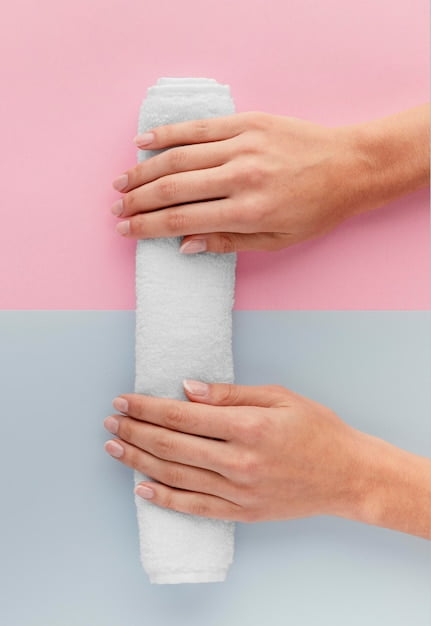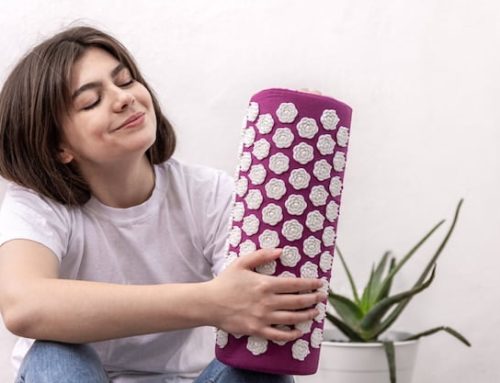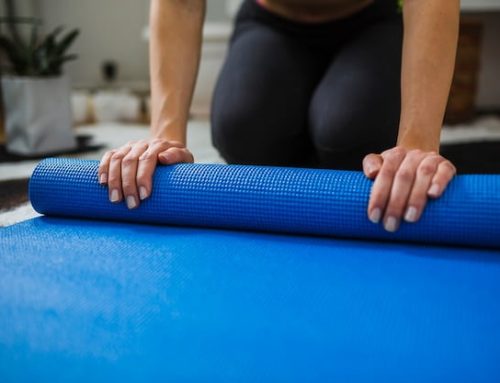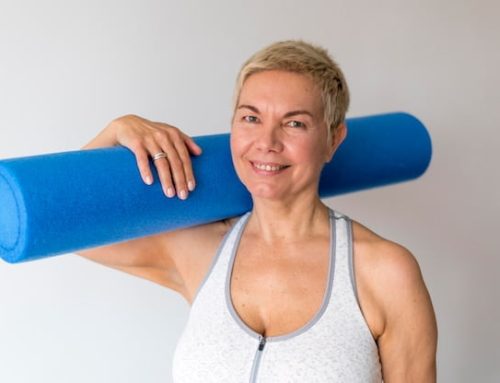Introduction
Foam rolling is a popular technique used by athletes, gym-goers, and active individuals to improve mobility, reduce muscle soreness, and speed up recovery. It involves using a foam roller to apply pressure on different parts of the body, which helps release tension, break up knots, and enhance blood flow to the muscles. While foam rolling can be highly beneficial for most body parts, the question arises, should you foam roll your lower back? In this article, we will explore the benefits and risks associated with foam rolling the lower back and help you make an informed decision.
Benefits of Foam Rolling
Before we dive into the question of whether you should foam roll your lower back, let’s briefly discuss the benefits of foam rolling. Foam rolling has been shown to have several advantages, including:
| Benefits |
|---|
| Improves mobility and flexibility |
| Reduces muscle soreness and stiffness |
| Accelerates recovery time |
| Increases blood flow and circulation |
| Improves range of motion |
| Prepares muscles for exercise |
Why Foam Rolling Lower Back Can Be Risky
While foam rolling has many benefits, foam rolling the lower back can be risky for some individuals. The lower back is a complex part of the body that comprises several muscles, ligaments, nerves, and discs. Applying too much pressure on the lower back can cause more harm than good. Moreover, if you have an underlying condition or injury in your lower back, foam rolling can aggravate the problem, causing further damage. Some of the risks associated with foam rolling the lower back include:
| Risks of Foam Rolling Lower Back |
|---|
| Compression of spinal nerves |
| Aggravation of lower back injuries or conditions |
| Bruising, soreness, or pain |
| Stiffness or muscle spasms |
| Increased risk of herniated discs |
When Foam Rolling Lower Back Can Be Beneficial
While foam rolling the lower back can be risky, there are instances where it can be highly beneficial, especially when done correctly. Here are some scenarios where foam rolling the lower back can be helpful:
– After a long day of sitting or standing, foam rolling can help alleviate lower back stiffness, improve circulation, and reduce muscle tension.
– If you have a mild lower back strain or sprain, foam rolling can help promote blood flow to the affected area, speed up recovery, and relieve pain.
– If you have good form and technique, foam rolling can help improve your lower back mobility, increase range of motion, and prevent future injuries.
How to Properly Foam Roll Your Lower Back
If you decide to foam roll your lower back, it’s important to do it correctly to avoid injury. Here are some tips on how to properly foam roll your lower back:
– Use a high-density foam roller.
– Avoid rolling directly on the spine or any bony areas.
– Start with a few gentle rolls and gradually increase intensity.
– Stop if you experience any pain or discomfort.
– Roll slowly and spend more time on tight or sore spots.
– Focus on the muscles surrounding the lower back, such as the glutes, hips, and hamstrings.
– Engage your core muscles to stabilize your lower back and avoid overextending or arching.
Alternative Ways to Alleviate Lower Back Pain
If you’re hesitant about foam rolling your lower back or prefer alternative methods, there are several other techniques you can try to alleviate lower back pain. Here are some effective ways to relieve lower back pain:
| Methods to Relieve Lower Back Pain |
|---|
| Stretching exercises, such as cat-cow and child’s pose |
| Core strengthening exercises, such as plank and bird dog |
| Massage therapy or chiropractic adjustments |
| Heat or cold therapy, such as using a heating pad or ice pack |
| Posture improvement and ergonomic adjustments |
Conclusion
In conclusion, as with any exercise or technique, foam rolling the lower back has its benefits and risks. While foam rolling can be highly beneficial for most body parts, it can be risky for the lower back, especially if you have an underlying condition or injury. Therefore, it’s essential to consult with your doctor or physical therapist before attempting foam rolling your lower back. If foam rolling is not suitable for you, there are plenty of other effective ways to alleviate lower back pain, such as stretching, core strengthening, and massage therapy. Remember to listen to your body, start slowly, and stop if you experience any pain or discomfort.






